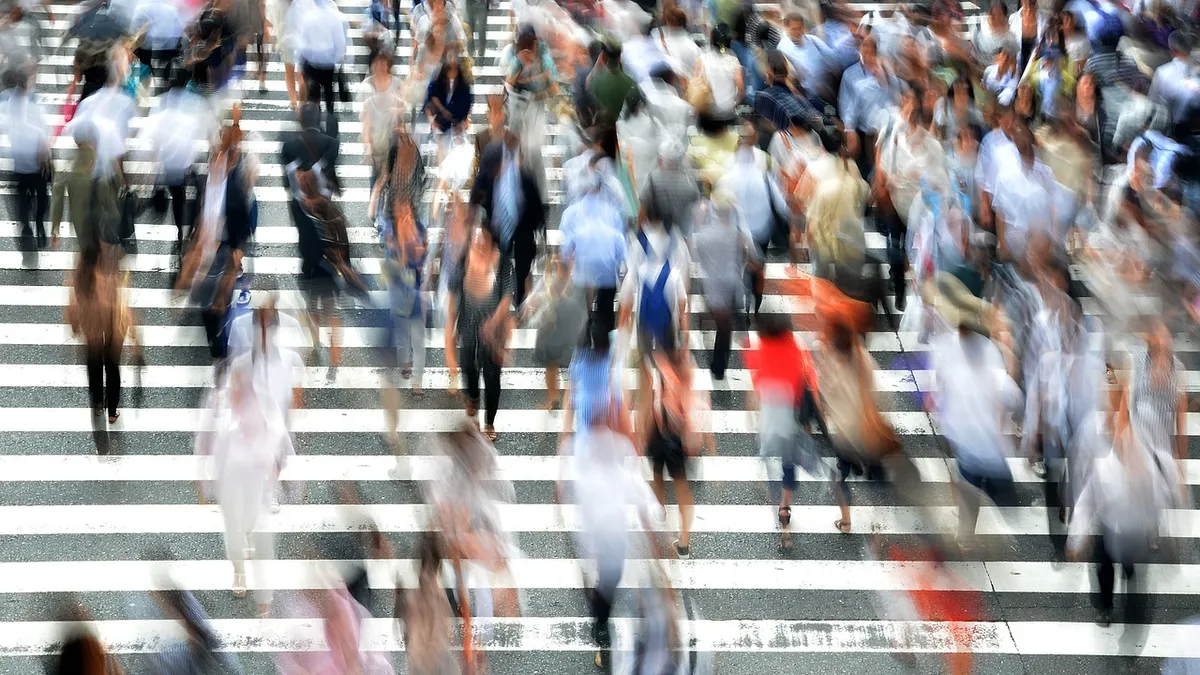Dive Brief:
- The World Resources Institute has released a study that calls for preventing the 1.25 million global traffic deaths each year by implementing a systemic approach that shifts responsibility away from drivers and pedestrians, and onto city planners and other officials.
- The report shows that road accidents are the 10th leading cause of death globally. Researchers indicate that governments should treat traffic deaths like a public health issue, or a preventable disease, that can be fixed through better sidewalk and road planning, public transportation improvements and better urban design.
- The U.S. lags other countries that have similar available resources, according to the report. Although some municipalities have adopted the Vision Zero strategy, a more widespread and cohesive use of it could improve safety.
Dive Insight:
This report is bold in suggesting that governments need to take more responsibility in promoting street safety instead of considering it solely an individual's responsibility. It is based on the idea that humans are fallible creatures and errors are to be expected, and they can be anticipated. It states that traffic deaths are a systemic problem and suggests wider implementation of comprehensive safe systems — such as Vision Zero — that are based on the concept that road accidents are both predictable and preventable, and that more widespread planning in this way could significantly reduce fatalities. The report encourages a proactive approach to street safety instead of a reactive one and states that human lives should not be the cost of growth and increased mobility.
Researchers note that safe systems are achievable for countries at all economic levels and can be catered to individual needs. They also claim that the U.S. has many resources at its disposal for widespread safe system implementation, but it isn't using those resources to the fullest extent.
The main problem in the U.S., according to the report, is speed management. It states that high speeds greatly increase the possibility of driver and pedestrian fatalities, but the country collectively is reluctant to lower speed limits and install more traffic cameras to reduce speeding. Most road speeds, however, are determined at the local or state levels. The report therefore lauds cities and states — including New York, San Francisco, Minnesota and Washington — that have implemented a safe streets strategy and reduced traffic accidents and fatalities.
The report notes that in addition to improving citizens' safety, a safe system boosts a city's sustainability. It can improve environmental and health goals by promoting walking, cycling and public transportation use, which in turn reduces carbon emissions.
Improving street safety can also bring economic benefits to a city, researchers say. Traffic calming measures have shown promise in bringing more pedestrians, and therefore more business, to commercial areas.












